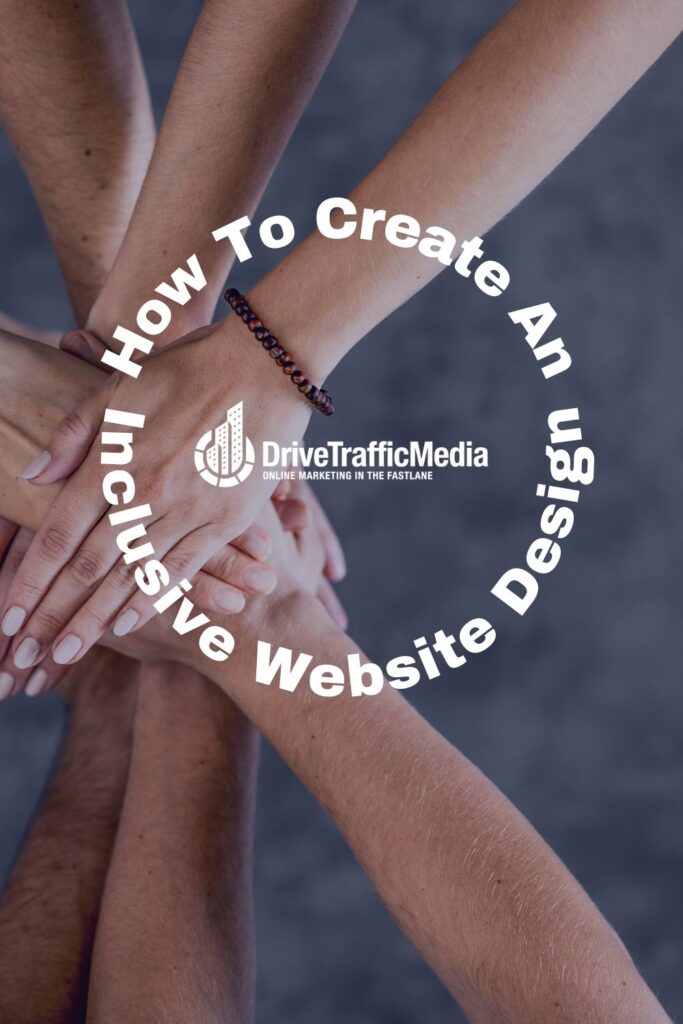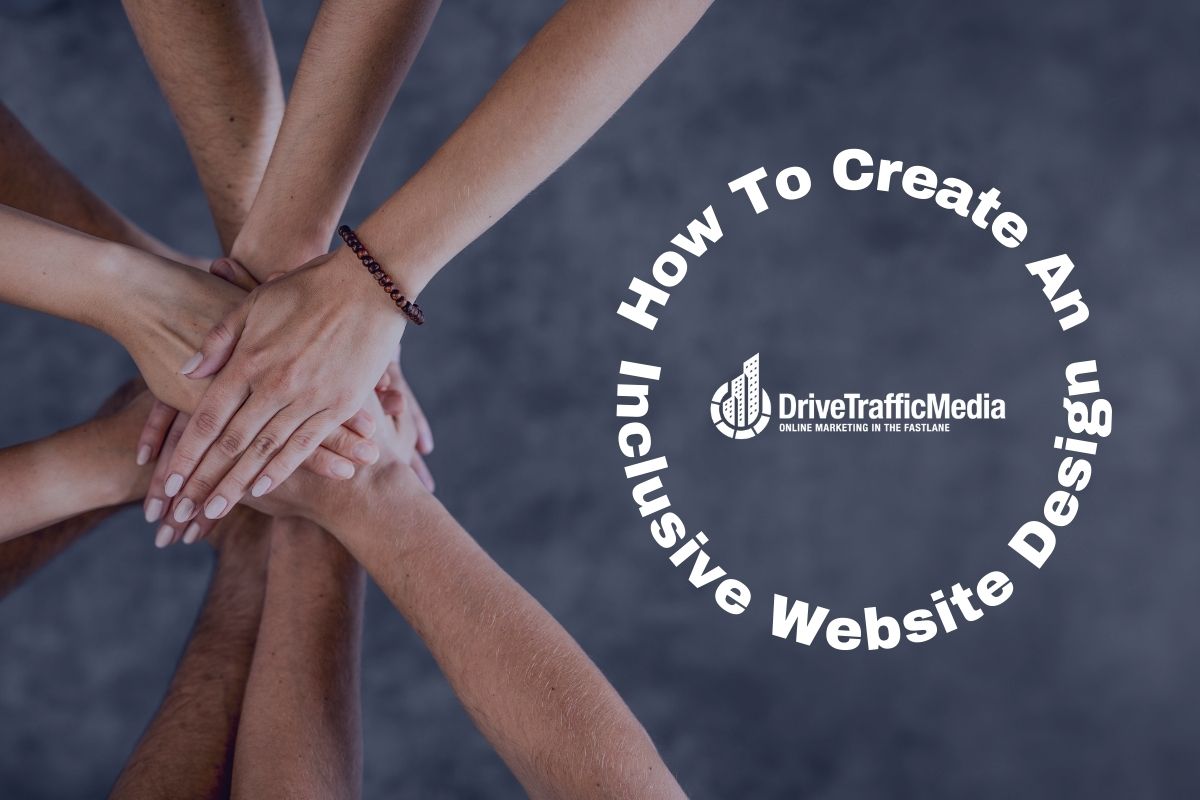Inclusive web design is the practice of creating websites that can be accessed and used by as many people as possible, regardless of their abilities or disabilities. This includes people with visual, auditory, motor, cognitive, and other impairments.
It’s important to be inclusive in this day and age not just because it’s the good and moral thing to do but also because other websites will undoubtedly make things easier for them. So, if your website is hard to navigate, customers with disabilities can easily go elsewhere to find something that will welcome them.
Besides that, there are legal ramifications to not being inclusive on your website. If you’re not compliant with the practices set by the Americans with Disabilities Act, you don’t just lose business fairly quickly—you can also get hit with a lawsuit!

All in all, having an inclusive website is vital for customer service and the survival of your business. If you’re not sure where to start, here are key principles to keep in mind when designing an inclusive website from Orange County website designers:
Use Semantic HTML
Semantic HTML is important for inclusive web design because it gives meaning and structure to the content on a website, making it easier for screen readers and other assistive technologies to understand and navigate the site. This improves accessibility for users with visual, auditory, motor, cognitive, and other impairments. Using semantic HTML also makes a website more search engine friendly and improves the overall user experience.
Provide Alternative Text
Alt text is important for inclusive web design because it provides a brief description of an image that is read by screen readers, making it accessible to users with visual impairments. This also allows users to understand the purpose and context of an image even when it doesn’t load properly or is blocked.
Additionally, alt text improves the accessibility of a website for users who use text-only browsers, have slow internet connections, or have low bandwidth.
Have Keyboard Accessibility
Keyboard accessibility is important for inclusive web design because it allows users to navigate a website using only their keyboard, which is particularly important for users who cannot use a mouse. This includes people with motor impairments, such as those with tremors or limited dexterity, as well as users who use speech recognition software to interact with their devices.
Additionally, keyboard accessibility improves the overall user experience by providing an alternative input method for users who prefer to use it.
Use Colors and Contrast Wisely
Colors and contrast are important for inclusive web design because they affect legibility and readability for users with visual impairments. Good color contrast ensures that text and other elements on a website are easily distinguishable, making them more accessible to users with color blindness or low vision. Additionally, using colors and contrast effectively can also improve the overall aesthetic and usability of a website for all users.
Provide Captions and Transcripts
Captions and transcripts are important for inclusive web design because they provide a written version of the audio content in a video, making it accessible to users who are deaf or hard of hearing. They also provide a way for users to follow along and understand the content of the video even when they can’t hear the audio.
Additionally, captions and transcripts can also improve the overall user experience by allowing users to quickly reference the content of the video and to understand the context of the video even when they are in a noisy environment.
se Clear and Simple Language
Using plain language is important for inclusive web design because it makes a website more accessible to users with cognitive impairments, such as those with reading or learning difficulties. It also improves the overall user experience by making it easier for all users to understand the content and navigate the website.
Additionally, using plain language can also improve the accessibility of a website for users who speak or read languages other than the website’s primary language.
Ensure Your Website is Mobile-Friendly
Mobile-friendliness is important for inclusive web design because it ensures that a website adapts to different screen sizes and devices. This makes the website more accessible to users on mobile devices, including those with visual or motor impairments, as well as people who use touch-screen devices.
Additionally, mobile-friendly websites are also more accessible to users who have limited data or bandwidth or who have a slower internet connection. They also improve the overall user experience by providing a more convenient and efficient way to access the website on the go.
If this all seems Greek to you, why not let website designers in Orange County at Drive Traffic Media do it for you? They can come up with a website design that is both beautiful and accessible to people from all walks of life. With that weight lifted off your shoulders, you can focus on other aspects of your business like running it or interacting with customers!
